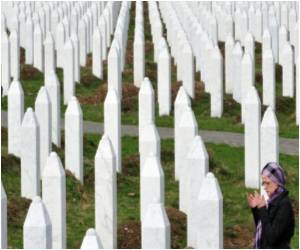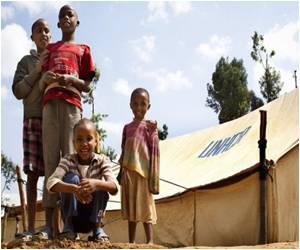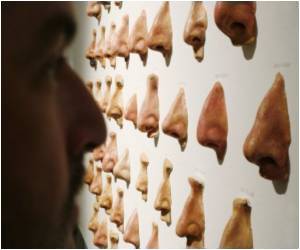Armenians have long sought to win international recognition of the Turkish massacre of upto 1.5 million people between 1915 and 1917 as genocide.

"I know every detail of the history of the terrible slaughter," said Muradyan’s 17-year-old great-granddaughter Ruzanna. "About the inhuman march along the road of death and about how my great-grandfather and his friends held off some Turks so that 12 families could escape."
Guarding the stories of suffering has become a treasured task for those who survived the World War I slaughter, especially given the decades of dispute that have swirled over the issue. Armenians say up to 1.5 million of their kin were killed between 1915 and 1917 as the Ottoman Empire was falling apart and have long sought to win international recognition of the massacres as genocide.
Turkey rejects the claims, arguing that 300,000 to 500,000 Armenians and as many Turks died in civil strife when Armenians rose up against their Ottoman rulers and sided with invading Russian troops. "I remember how in the evenings all the kids around would gather outside our house and listen with open mouths to grandfather’s stories about how the Turks killed the Armenians," says Muradyan’s grandson Hovhannes. "He never tired of telling it and we never tired of listening."
- ’Duty to remember’ -
Now that most of those who experienced the killings first hand have died, it is their children and grandchildren who are keeping the memory alive. "I made sure my children know what my father told me and so will their children," says Muradyan’s son and Ruzanna’s grandfather, Mnatskan, 84. "It’s our duty, every Armenian’s duty -- to know, to remember."
Advertisement
"The memory of genocide is as vivid today as a century ago," prominent Armenian psychologist Khachatur Gasparyan told AFP. "It is being transmitted from generation to generation at the Armenian history lessons in schools, through literature and films, but primarily by word of mouth, in families. The memory shapes the Armenian national identity."
Advertisement
"The fact that over the past decade Armenians, regardless of age, gender, or political belief, flock to the memorial to the victims of the genocide on April 24 shows this has become a part of our consciousness, it is already a genetic memory," said Gasparyan.
- View of a mountain -
For the Muradyan family there is also one other reason why they can never forget what happened to their ancestors, the view out of their window. From their home on a clear day they can see the glistening snows of Mount Ararat.
It was from a village on the slopes of that mountain that Martiros Muradyan fled in 1915, seeking refuge first in Iraq before settling in the village where they now live. Now Ararat is in Turkey and for Armenians, the biblical mountain -- where Noah’s Ark is supposed to have come to rest -- is a sacred symbol of their nationhood and loss.
For Martiros Muradyan, it was a constant reminder of what he had been forced to leave behind. "He talked in such detail about his village, about his home that it seems that I could find my house with my eyes shut," his son Mnatskan said. "To the end of his days my father looked at Ararat with longing and never stopped dreaming that one happy day he would see his home again."
Now, this summer, 100 years after Muradyan left with his few possessions, his descendants are planning to make the trip to Turkey to visit their native village. There they plan to scrape up some of the earth he once trod and sprinkle it on the grave where he finally came to rest.
"He dreamt of returning there all his life," Ruzanna says of her great-grandfather. "I’ll go there, to his native land, and his soul will rejoice."
Source-AFP














